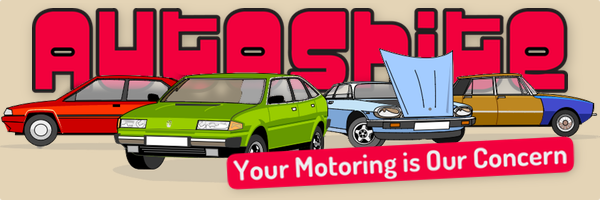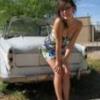Project It is just so Super (Sentinel).
-
Similar Content
-
I've just seen a ghost!
By GregZX,
- 8 replies
- 732 views
-
Just got another French Shite heap!!!!! 1 2
By Faker,
- 38 replies
- 2,687 views
-
I’ve just bought two deceased OAP cars. NUMBER PL8 PR0N 1 2
By Angrydicky,
- 55 replies
- 5,358 views
-
'just bloody scrap it' - the eBay 'fuck me, what were they thinking' thread 1 2 3 4 64
By messerschmitt owner,
- 1,912 replies
- 314,691 views
-
My shite new books - "SUPER - old, odd, interesting, obscure and abandoned filling stations". - NOW WITH FREE STUFF 1 2 3 4 6
By motorpunk,
- 171 replies
- 20,302 views
-




Recommended Posts
Create an account or sign in to comment
You need to be a member in order to leave a comment
Create an account
Sign up for a new account in our community. It's easy!
Register a new accountSign in
Already have an account? Sign in here.
Sign In Now